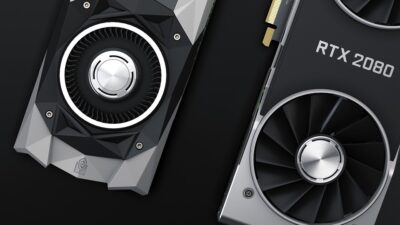The world of competitive gaming, or esports, has exploded into a global phenomenon in recent years. Major tournaments garner millions of viewers and attract top-tier players, but have you ever wondered what goes on behind the scenes to make these events possible? From logistics and sponsorship deals to the technical aspects of production, let’s take a deep dive into the intricate world of organizing a competitive gaming tournament.
The Vision: Conceptualization and Planning
The journey begins with a vision. Organizers need to define the tournament’s scope, including the game to be featured, the target audience, and the overall experience they want to create. Whether it’s a single-title tournament like "League of Legends" or a multi-game event featuring various titles, having a clear vision is essential.
Team Assembly
Once the concept is in place, a dedicated team is assembled. This team typically includes:
- Event Managers: Oversee the project and ensure everything stays on schedule.
- Marketing Experts: Promote the event through social media, influencer partnerships, and traditional advertising.
- Technical Staff: Handle all IT and broadcast technology, ensuring a smooth viewing experience.
- Sponsorship and Partnership Coordinators: Secure funding and partnerships with brands looking to advertise in this rapidly growing market.
Collaboration is crucial, and the team must communicate effectively to bring the vision to life.
Venue Selection: Setting the Stage
Choosing the right venue is a pivotal step. Organizers consider various factors, including:
- Capacity: Ensuring the venue can accommodate both live attendees and online viewers.
- Facilities: Technical capabilities, such as high-speed internet and broadcasting equipment.
- Accessibility: Location plays a significant role; it should be easy for players, staff, and fans to reach.
Once a venue is selected, extensive planning begins to ensure it meets all technical and logistical requirements. This includes setting up stages, seating arrangements, and waiting areas for players.
Sponsorship and Funding: Securing Resources
Funding is crucial for ensuring a tournament’s success. Organizers reach out to potential sponsors, often leading to partnerships with gaming hardware companies, energy drink brands, and even tech giants. These sponsorships can cover various costs, including venue rental, prize pools, and marketing efforts.
The Prize Pool
A well-promoted tournament often features a significant prize pool, which draws top players and teams. The allure of winning large cash prizes motivates competitors, raising the stakes and enhancing the tournament’s excitement.
Technical Preparations: Behind the Screens
As the tournament date approaches, the technical team springs into action. This phase includes:
- Setup of Gaming Stations: Each player needs a consistent and optimized gaming environment, from high-end PCs or consoles to peripherals like mice and keyboards.
- Network Infrastructure: High-speed internet and backup connections are essential to avoid lag and ensure streaming quality for viewers.
- Broadcasting Equipment: Cameras, microphones, and streaming tech are put in place to capture the action for audiences worldwide.
Testing these systems is vital. A rehearsal day often occurs before the tournament to eliminate potential issues and simulate the live experience.
The Event: Bringing It All Together
On tournament day, the atmosphere is electric. The team works tirelessly to ensure everything runs smoothly. Here’s how the day unfolds:
- Player Briefing: Participants are checked in and briefed about the event structure, rules, and schedule.
- Opening Ceremony: A lively start sets the tone, often featuring musical performances, introductions, and promotional bits from sponsors.
- Live Matches: As matches unfold, analysts and commentators provide insights, while the production team manages graphics, player stats, and promotional content that appears on-screen.
Fan Engagement: Making It Inclusive
An engaging fan experience increases the tournament’s appeal. Organizers incorporate:
- Interactive Elements: Polls, Q&A sessions, and social media engagement help keep fans invested.
- Merchandising: Selling team and event merchandise creates added revenue and heightens excitement among fans.
Post-Tournament: Reflection and Growth
Once the tournament concludes, the work isn’t done. Teams review their performance, gather feedback, and analyze viewer statistics to gain insights for future events. Reconciling finances and delivering thank-you notes to sponsors and team members fosters good relationships and builds a network for future endeavors.
Conclusion
Behind every thrilling gaming tournament lies an extensive network of passionate individuals working tirelessly to ensure everything runs flawlessly. From conception to execution and beyond, the making of a competitive gaming tournament embodies the spirit of collaboration, innovation, and love for the game. As the esports industry continues to evolve, so too will the ways we experience these incredible events, leaving room for even grander spectacles in the future.



